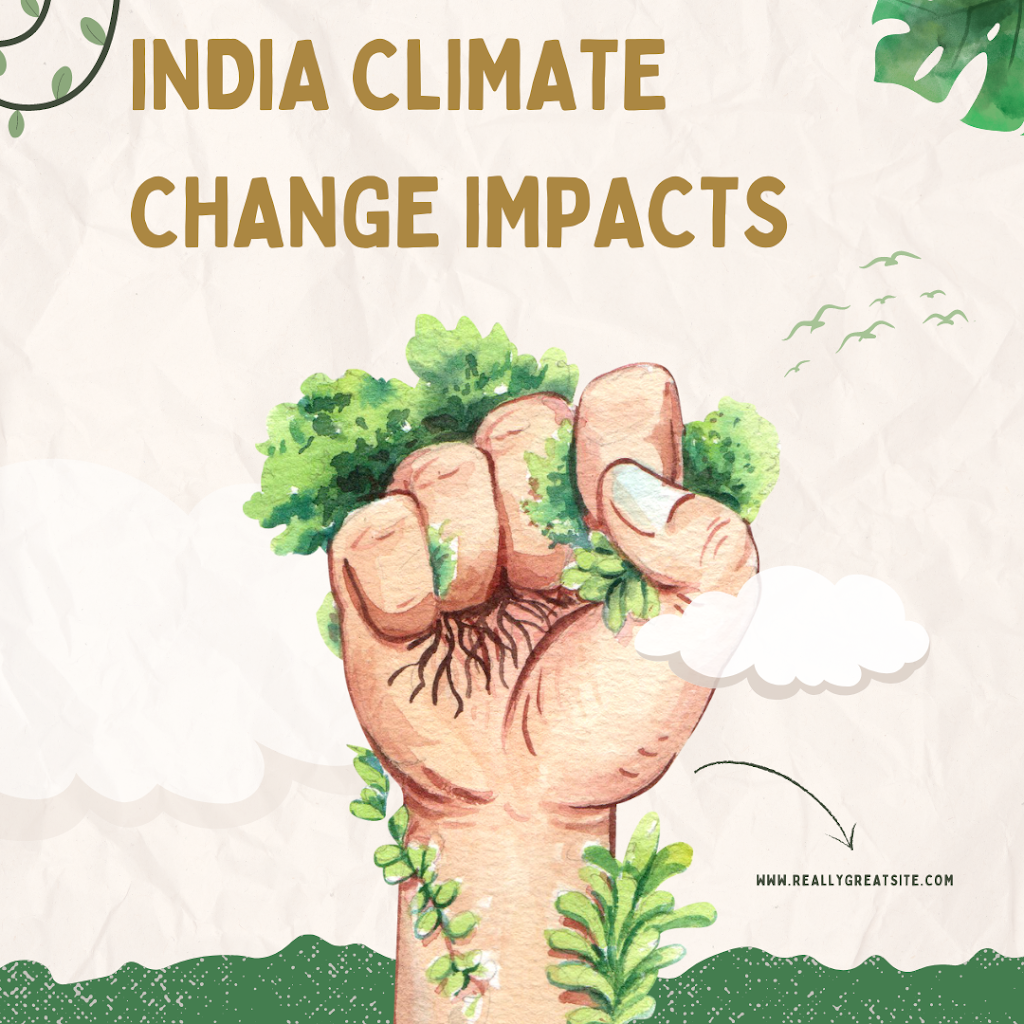
The term “global warming” represents the gradual rise in the worldwide average surface temperature that is mostly brought on by human activity, including the combustion of petroleum-based fuels (coal, oil, and propane), forest destruction, and industrial operations. Greenhouse gases like methane, carbon dioxide, (CH4), and nitrous oxide, or N2O for short, are released into the atmosphere as a result of these activities.
Explain Global Warming And Green House Gases In World Wide
Greenhouse gases act like a blanket around the Earth, trapping heat from the sun and preventing it from escaping back into space. This process is known as the greenhouse effect, and it is essential for maintaining Earth’s temperature within a range suitable for life. However, human activities have significantly increased the concentration of these gases in the atmosphere, enhancing the greenhouse effect and leading to global warming.
The consequences of global warming are wide-ranging and include:
Rising temperatures: Average global temperatures have been increasing steadily over the past century, with the most significant warming occurring in recent decades.
Melting ice caps and glaciers: Higher temperatures lead to the melting of ice caps and glaciers, contributing to rising sea levels. This phenomenon threatens coastal communities and habitats.
Extreme weather events: Global warming is linked to an increase in the frequency and intensity of extreme weather events such as hurricanes, heatwaves, droughts, and heavy rainfall.
Changes in ecosystems: Many plant and animal species are experiencing shifts in their habitats and migration patterns as a result of changing temperatures and environmental conditions.
Ocean acidification: The absorption of excess CO2 by the oceans is leading to ocean acidification, which poses a threat to marine life, particularly organisms with calcium carbonate shells such as coral reefs and shellfish.
Disruption of agriculture: Changes in temperature and precipitation patterns can affect crop yields, leading to food insecurity in some regions.
Addressing global warming requires international cooperation and efforts to reduce greenhouse gas emissions through measures such as transitioning to renewable energy sources, improving energy efficiency, protecting and restoring forests, and adopting sustainable agricultural practices.






